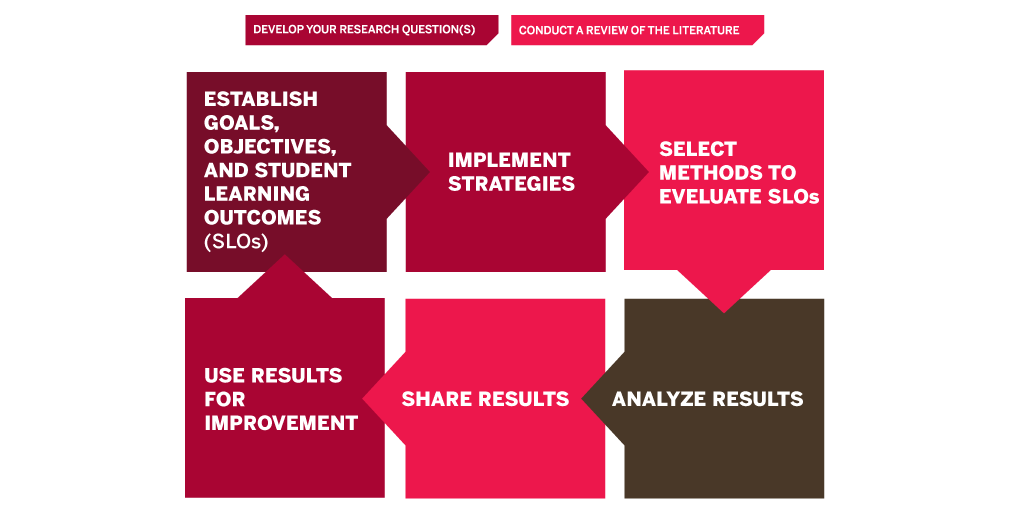Every program should have clearly defined objectives. In all areas of student life and learning at IUPUI, faculty and staff develop student learning outcomes that describe knowledge, skills, behaviors, attitudes, and values that are expected to be demonstrated by students at the end of the program or experience.
Student learning outcomes have several characteristics. They:
- Describe skills that learners need to demonstrate, represent, or produce at the end of the program of study (Maki, 2010).
- Rely on verbs that identify what students need to demonstrate, represent, or produce (Maki, 2010).
When developing student learning outcomes, they should:
- Be in line with the institution’s mission, vision, and goals.
- Be defined collaboratively in the institution and acceptable across the board.
- Be in line with professional standards set by organizations' outcome statements.
- Be assessed quantitatively or qualitatively during the period of studies.



